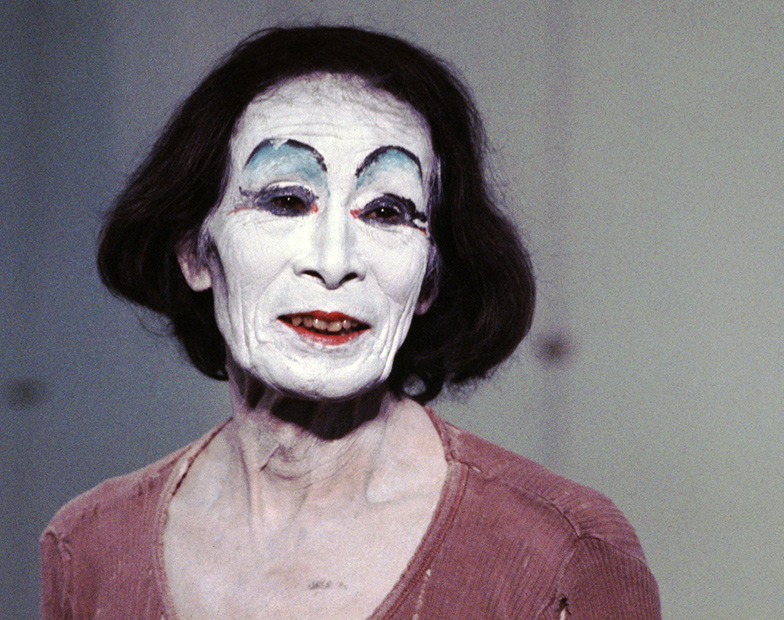|
Akira Kasai (dancer)
Akira Kasai (1943) is a Japanese butoh dancer and choreographer, who despite being significantly younger than mentors Kazuo Ohno and Tatsumi Hijikata, is considered to be pioneers of the art form along with them. Kasai trained in other forms of dance, but turned to butoh in the 1960s when he met and began to work with these two men. He started his own studio in 1971 but closed it in 1979 to move and study Eurythmy in Germany. He did not dance professionally at the time and for years after his return to Japan in 1986 he stayed off the stage stating that he felt too disconnected from Japanese society to perform. He returned to professional dance in 1994, with the work ''Saraphita'' and revived his studio Tenshi kan, now influenced by Eurythmy and other dance principles. He has since performed, choreographed and taught in Asia, the Americas and Europe, but his choreography is sufficiently different from most other butoh that its authenticity has been questioned. Life Kasai was born i ... [...More Info...] [...Related Items...] OR: [Wikipedia] [Google] [Baidu] |
Butoh
is a form of Japanese dance theatre that encompasses a diverse range of activities, techniques and motivations for dance, performance, or movement. Following World War II, butoh arose in 1959 through collaborations between its two key founders, Tatsumi Hijikata and Kazuo Ohno. The art form is known to "resist fixity" and is difficult to define; notably, founder Hijikata Tatsumi viewed the formalisation of butoh with "distress". Common features of the art form include playful and grotesque imagery, taboo topics, and extreme or absurd environments. It is traditionally performed in white body makeup with slow hyper-controlled motion. However, with time butoh groups are increasingly being formed around the world, with their various aesthetic ideals and intentions. History Butoh first appeared in post-World War II Japan in 1959, under the collaboration of Tatsumi Hijikata and Kazuo Ohno, "in the protective shadow of the 1950s and 1960s avant-garde". A key impetus of the art form w ... [...More Info...] [...Related Items...] OR: [Wikipedia] [Google] [Baidu] |
